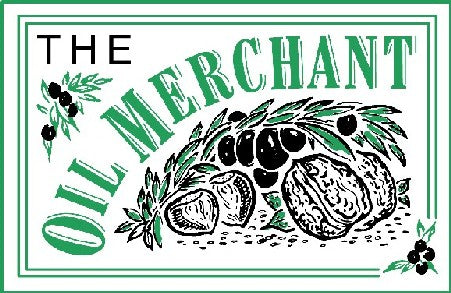
CastelineS Noir d'olive
You can tell a lot about an olive oil from its taste. For instance, flavours of tropical fruits may suggest that the olives are grown in southern Spain; olive oils which have very fresh, grassy flavours with the bitterness of raw artichoke may suggest that they are Tuscan.
When one considers the taste of our olive oils, the words ‘olivey’ don’t often come to mind. That is, until you taste CastelineS’ Noir d’Olive Virgin Olive Oil.
Traditionally in the Vallee de Baux growers let their olives ferment for a day or two after harvest. The olives when then pressed produce an oil with a distinct fruity, black olive, and slightly mushroomy flavour.
To be classed as virgin an olive oil must pass organoleptic testing (checking the taste, aroma and visual appearance), and have an oleic acid content of less than 3%. To be classified as extra virgin the oil will have an oleic acid content of less than 0.8%. This is an indicator of the structural strength of the oil – the lower the acidity, the better the olives have been treated on the tree and at harvest.
This fruity, black olive, mushroomy flavour was classified as a fault and resulted in these traditional produced olive oils being classed as virgin, not extra virgin.
Don’t let this put you off. It is a wonderfully popular oil and has been a great a success with chefs from around the world.
Tasting Notes:
Sweet and well-rounded, with pungent aromas of black olives and some vanilla and mushroom undertones. No piquancy or bitterness.
The International Olive Oil Council have decreed that these aromas and flavours are a 'fault'. Although the chemical analysis tells us that this is an extra-virgin olive oil, because of this ruling it is classified as virgin.
